Thursday, May 21, 2009
Tuesday, April 21, 2009
Tutoring: Line Weight
Next week during the next tutoring session with Nathan I want to sort of bring alot of what we worked on the previous three sessions together and also work on some basics. I want to draw the human figure a few times, with emphasis on line weight and boldness. It is important that Nathan learns to weight his lines correctly to emphasize the shapes of things and we will work on that during our next session. Every good artist has a very confident stroke, with thick bold lines as well as thin detail lines. We will work on what Nathan wants to master, facial structure, animals, and body structure, but we will incorporate some principles of design into this upcoming lesson.
Friday, April 17, 2009
Tutoring: Animals
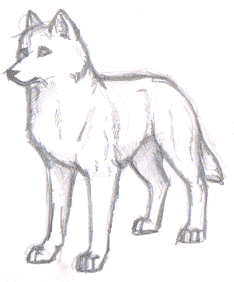
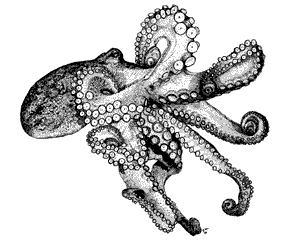 During the previous lesson we discussed the rendering of animals and so for the upcoming one I think that should be a focus of what we work on. The wolf is a good style for Nathan to learn from because of the focus on bold and thick lines. It is important to have line weight in different parts of an animal to accentuate the overall shape. The second picture is a photo of an octopus that could be turned into an intricate and complex pencil drawing.
During the previous lesson we discussed the rendering of animals and so for the upcoming one I think that should be a focus of what we work on. The wolf is a good style for Nathan to learn from because of the focus on bold and thick lines. It is important to have line weight in different parts of an animal to accentuate the overall shape. The second picture is a photo of an octopus that could be turned into an intricate and complex pencil drawing.
Monday, March 30, 2009
Tutoring: Superhero Men and Women Proportions
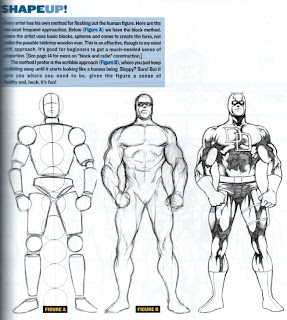
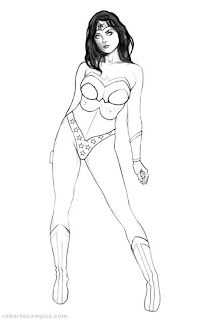
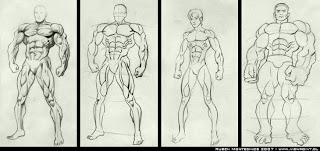
Last week during tutoring we discussed how the next goal for my student was to be able to draw the human bod with good proportions. He wanted to be able to draw men and women with proper muscle structure and proper size. These three pencil drawings are good examples of good proportions with the exception of the last drawing to the right on the bottom picture.
Tuesday, March 24, 2009
Tutoring: Women's Faces
Examples of girl's faces at relatively simple angles. These are all fairly simple and straightforward photos of girl's faces but I think they will be instrumental in my student learning how to draw and master such things as lips, eyebrows and jawlines for women. Those were his noted trouble areas, but if he keeps drawing from photographs of women, he will improve and will be able to draw a basic woman's face from memory eventually and that is the goal.
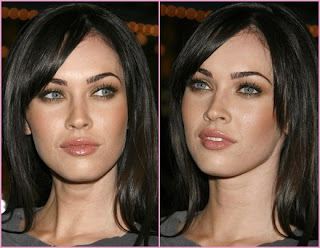





First Tutoring Session
Last Thursday. March 19th, was the first tutoring and I made some changes to the original plan during this session. My student is very intent on learning a number of things, and I have decided to attempt to teach him how to draw certain things, rather than a wide "how-to-draw" curriculum. He wants to learn to draw better women, animals, and more realistic proportions on his people. I consider myself good at proportions and women, so I feel like I actually have something to contribute on those subjects. Animals are not a particular strong point for me, but I can still help. We mostly worked from various "how-to-draw" books that he bought, and I decided at the end of the session that it was time to take the realistic next step from the copying from the books, copying from photographs. Copying from a drawing book is fairly basic, but with a photograph you have to make your own judgement calls about lights and darks and where to put the lines. I wouldn't consider drawing from a "how-to-draw" book drawing from a reference, but I definitely would consider drawing from a photograph to be that. If my student is going to take the next step then he needs to start drawing from photos and then drawing from life. If he becomes competent at drawing from references, I think that it will become easier for him to master the "manga" style of art that he is really trying to achieve. If someone can draw realistically, it is much easier to draw in a cartoon style because you then know what proportions and features to exaggerate. This Thursday I gave him a homework assignment to draw girl's faces from photographic reference and I am going to bring in a few photographs of women and animals to draw quick sketches off of. This will be the first step in him becoming able to whip up a drawing without needing a specific reference.
Monday, March 16, 2009
Advanced Lesson Plan
Stage 1: Assessment of Ability
The first part of the lesson involves finding potential strengths as well as potential weaknesses in my student's abilities. I will ask for three drawings to be created, a drawing of a person, a drawing of a small still life setup, and a drawing of a building. These will be simple sketches, taking five to ten minutes to create each.
Stage 2: Improvement of Weaknesses
After drawing three sample pieces, my student and I will pick the one that we agree needs the most work and we will focus on improving his technique in this area for the next couple classes. I will bring "how-to" manuals on improvement of this area and I will also try and lend my skills to helping improve his technique.
Stage 3: Assessment of Improvement
At the end of the first day, we will have created three sketches, as well as a few sketches of the area that needs improvement. At the end of the session, we will step back and review what has been learned over the course of the lesson. We will discuss the plan for next lesson, what worked and what didn't and I will assign some sort of small homework involving making a drawing or two for the next week's session.
The first part of the lesson involves finding potential strengths as well as potential weaknesses in my student's abilities. I will ask for three drawings to be created, a drawing of a person, a drawing of a small still life setup, and a drawing of a building. These will be simple sketches, taking five to ten minutes to create each.
Stage 2: Improvement of Weaknesses
After drawing three sample pieces, my student and I will pick the one that we agree needs the most work and we will focus on improving his technique in this area for the next couple classes. I will bring "how-to" manuals on improvement of this area and I will also try and lend my skills to helping improve his technique.
Stage 3: Assessment of Improvement
At the end of the first day, we will have created three sketches, as well as a few sketches of the area that needs improvement. At the end of the session, we will step back and review what has been learned over the course of the lesson. We will discuss the plan for next lesson, what worked and what didn't and I will assign some sort of small homework involving making a drawing or two for the next week's session.
Subscribe to:
Comments (Atom)